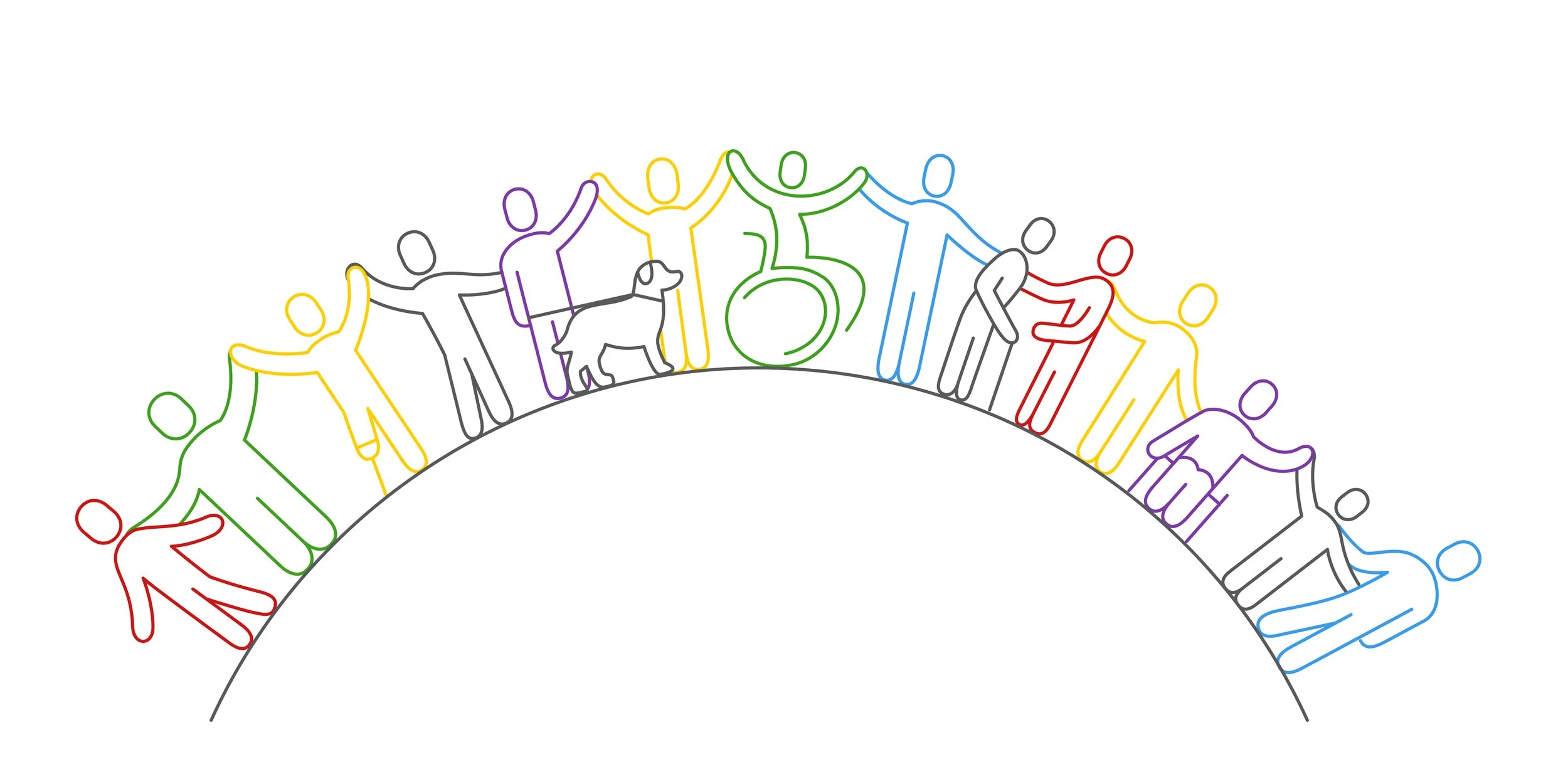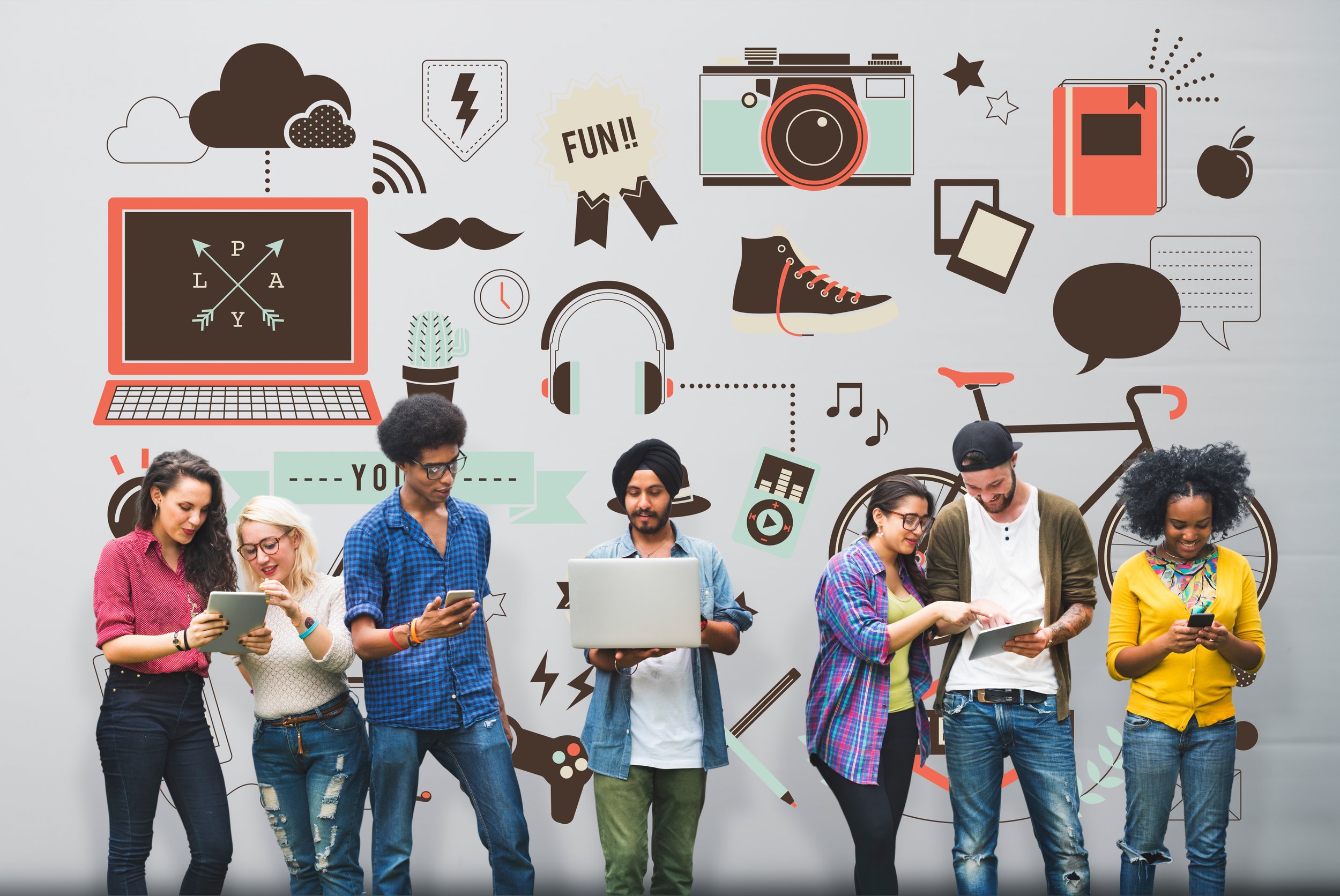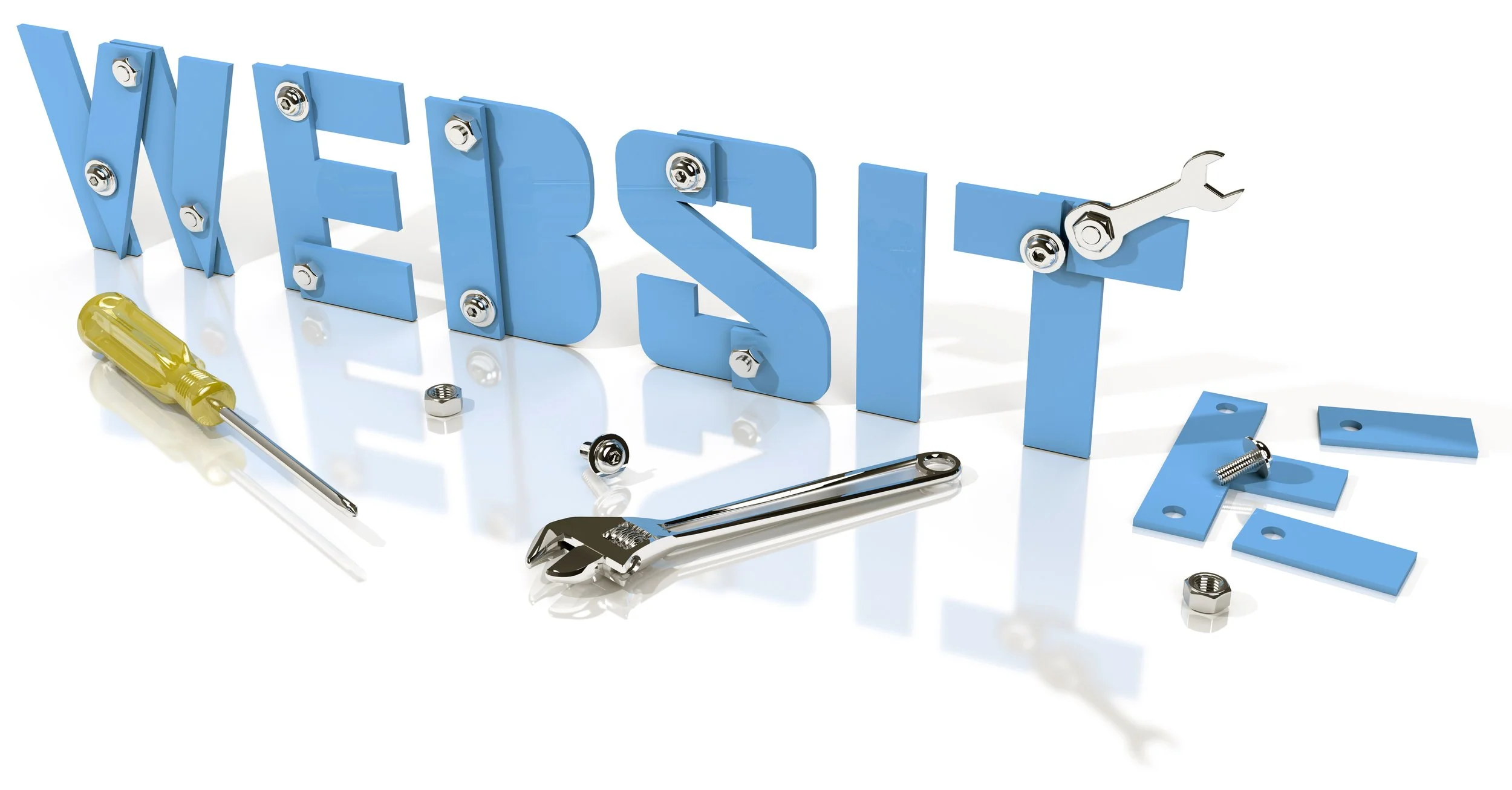Nowadays, concerns of an upcoming recession are impossible to avoid. Many organizations are taking preventative measures to protect themselves when this economic downturn ultimately hits. Recessions can be frightening, no doubt, but every economic low will eventually soar into an economic high, and a business may even find themself thriving like they never have before. But how do we first make it through these difficult economic times?
Let’s begin with a story.
A business owner was faced with the threat of an economic recession. For her organization to survive, she knew she would have to cut costs. She narrowed her options down to two: lay off 20% of her staff, or implement a 20% pay cut across the company. Neither option was favorable, so the owner brought the choice to her staff. I know it will be difficult either way, she said, but I want everyone to feel included in this decision.
Her team decided that instead of forcing a fifth of their company to shoulder the entirety of the economic suffering, they would all take a 20% pay cut. The long-term goals of the organization would be better served by valuing their people and by maintaining trust—trust between members of the team, and trust between the team and the business owner.
Today, companies are faced with similarly difficult decisions. For an organization to survive an economic recession, costs must be cut. The trick, however, is to modify company budgets “with a scalpel, not a meat cleaver.” In the process of this trimming, it is of the utmost importance that organizations consider the welfare and feedback of everyone on their team. Admittedly, small and mid-sized organizations can more directly access individual opinions, while a larger organization may not be able to sit down with every employee. Nonetheless, the message communicated must remain the same: the business values their employees, and they are investing in the best future for all of them.
But what does this have to do with DEI?
As of late, DEI budgets have been among the first costs slashed within organizations in their attempts to brace themselves for an economic recession. The message communicated by these cuts, however, is the opposite of what a business should seek to show their staff. Many employees were concerned from initial implementation of DEI that such efforts were superficial, and that DEI would ultimately not be part of an organization’s long-term goals. Immediately slicing DEI budgets can be a realization of that fear, and it may decrease trust between organizational leaders and their staff, particularly people from underrepresented groups, as the business is communicating that they don’t value their staff enough to ensure everyone feels welcome and included.
When an organization is faced with an economic recession and is considering cutting costs by eliminating DEI, there are three questions they should ask themselves:
1. Why is DEI considered a “cost” if it is truly part of our long-term vision (or is it just a box to tick off)?
2. How will a reduced focus on DEI impact trust within our teams, especially members from underrepresented groups?
3. How can we use DEI to increase our competitive advantage during an economic downturn?
There are a multitude of reasons why cutting DEI budgets is not the most effective strategy to ensure an organization survives an economic recession. For one, many organizations have used DEI initiatives within PR tactics for multiple years now, including statements on their websites and social media. To eliminate these efforts can make a company appear disingenuous, as it would appear that DEI is not a core value of their organization despite how they claimed it to be. As such, “[t]o decrease or even eliminate DEI risks reputational damage that will be difficult to repair down the road.” In other words, jumping the gun and cutting DEI can easily create the impression that creating an environment of inclusion for all employees was not a long-term goal for the organization and was merely a superficial box to check off. The result? Decreased trust between leaders and their team members, which will do a company no favors as they try to band together and survive difficult economic times.
Additionally, recent research suggests that DEI actually helps businesses survive recessions. Forbes reports that “‘companies with consistently inclusive workplaces thrived before, during, and after the Great Recession [of 2007-2009], earning a 4x annualized return.’” In simpler terms, companies that prioritized inclusion not only survived an economic recession but in fact thrived during it. Furthermore, “[w]hile the S&P 500 suffered a 35.5 percent decline in stock performance from 2007-2009, companies whose key employee groups had very positive experiences posted a remarkable 14.4 percent gain.” And this isn’t all! Accenture recently reported that “companies are missing out on $1.05 trillion when they are not being more inclusive,” suggesting not only that DEI itself is economically beneficial, but the lack of DEI is economically detrimental and can harm a business.
Those are a lot of numbers, but the message is clear: DEI means investing in one’s team, trusting one’s team, and reinforcing the value of one’s team. As a result, DEI can help an organization prosper during economic downturns and beyond! DEI fosters creativity and innovation; DEI helps companies make better decisions; DEI gives organizations greater access to new markets; and ultimately, “75% of inclusive companies exceed their financial target goals.”
I once had someone approach me before I gave a speech on DEI to tell me that DEI actually meant “DIE. He sincerely believed DEI would spell the death of any organization that implemented it. But as these statistics reveal, the opposite is true: DEI helps organizations retain life, both financially and within the hearts of everyone on their team.
Dima Ghawi is the founder of a global talent development company with a primary mission for advancing individuals in leadership. Through keynote speeches, training programs and executive coaching, Dima has empowered thousands of professionals across the globe to expand their leadership potential. In addition, she provides guidance to business executives to develop diversity, equity, and inclusion strategies and to implement a multi-year plan for advancing quality leaders from within the organization.
Reach her at DimaGhawi.com and BreakingVases.com.


























